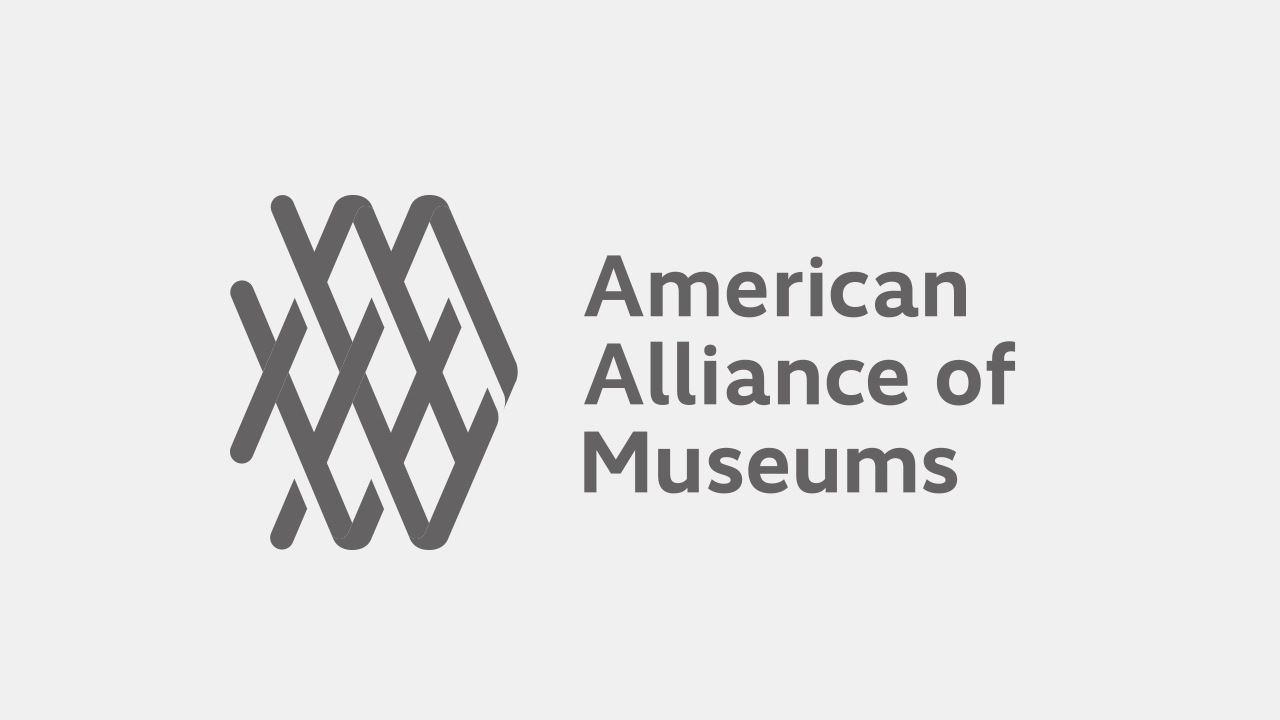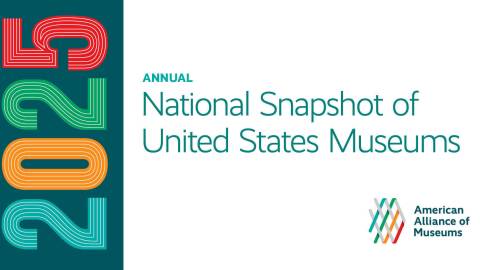Today’s guest post comes to you from Tracy Hicks. Here he shares with you some of his thoughts over the evolution of his piece that will be on display in Houston at the AAM Annual Meeting. Be sure to also visit Hicks’ website to see some videos pertaining to this piece.
For the past few days I have gleaned and cleaned building energy around the re-evolving helix in my studio. The jars in the studio windows have changed. Collections of jars have moved from boxes to shelves and from shelves to shipping boxes. Some broken glassware has gone to recycling while other broken pieces have been gently packed for shipping the first week of June to the new home and studio in Atlanta. I have also made intimate still images and animating them daily.
The Helix physically looms over everything this week. The piece has also continually evolved—making “it” harder to describe. The largest vessels spiral out high overhead smaller vessels at eyelevel while the smallest wait in the wings to emphasis the perspective. Sequences have tightened creating a more distinct spiral at eyelevel revolving and still evolving high overhead merging with the out of sight ceiling.
This helix installation correlates a balance between the sculpted form of nucleic acid, DNA structure and an essential spiral of life. The genetic bonds we share with all life reflect an image asking to be personally interpreted. The self-portrait animations made this week mark a focus on the individual as an invested statement of ownership.
Natural History is changing at an ever-increasing rate while public ownership in natural history evolves from classical dioramas with quality informative signage. Behind the museum exhibits, scientists struggle to keep up with the spiral of environmental change.
Please note Dr. Joseph Mendelson’s blog entry on Forensic Taxonomy.
Art offers the opportunity to bridge the gap between the fading public collections and the persistent study of serious science going on in the quiet labs and dark vaults of fragile collections of specimens.
As I write, now, the helix structure is mostly disassembled. Plans are to reassemble it tonight with added structural support.
The scaffolding is a key the conceptual side of the installation and the subject of my next blog entry.
Scaffolding key: next








